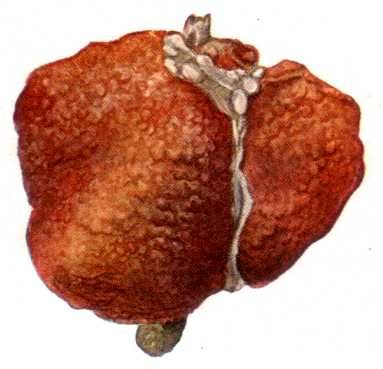Mechanisms of chronic liver inflammation
Chronic liver inflammation can lead to hepatocellular carcinoma (HCC), one of the most common types of liver cancer and the third leading cause of cancer deaths worldwide. However, the initial cellular and molecular events that trigger the inflammation are still largely unknown.
The KONDEVANS2010 project was dedicated to elucidating liver
inflammation mechanisms. The two-year project completed in Germany used a
genetic animal model to study the development of chronic liver
inflammatory diseases that lead to HCC.
Mice with liver cell-specific deletion of NEMO (NF-κB essential
modulator) were used. NF-kB is a transcription factor involved in
regulation of apoptosis, inflammation, chronic liver disease and cancer
progression. The absence of NEMO in hepatocytes triggers chronic
inflammation and spontaneous HCC development. The selected animal model
closely reproduced all stages of inflammation-related HCC.
During the course of the project, targeted examination of specific
cellular processes was performed using a combination of mouse genetics
and cell biology techniques. High-throughput approaches, such as gene
expression microarray, helped to distinguish between the NF-kB–dependent
and –independent NEMO functions in liver homeostasis.
Subcellular changes resulting from the onset of liver inflammation
were observed on liver samples, primary hepatocytes and mouse embryonic
fibroblasts. The contribution of autophagy and oxidative stress to
hepatocyte death, hepatitis and HCC formation was investigated. A gene
expression profile analysis was performed in liver samples to define the
processes that are deregulated early on with the onset of inflammation.
Morphologic and functional analysis of mitochondria revealed no
connection between defective function of these organelles and
hepatocellular death. Progressive accumulation of p62 in hepatocytes was
studied using both genetic and in vitro approaches.
The results suggested that NEMO and autophagy/p62 regulate crucial
but independent survival pathways for liver pathophysiology. Analysis
showed that stimuli other than death ligands can induce liver damage in
the absence of death ligands.
Defining the cellular changes occurring in liver inflammatory
diseases will assist with the future development of new therapeutic
approaches.
published: 2015-03-02
